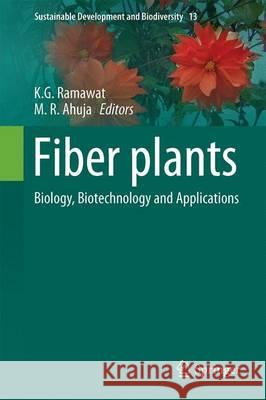Fiber Plants: Biology, Biotechnology and Applications » książka
topmenu
Fiber Plants: Biology, Biotechnology and Applications
ISBN-13: 9783319445694 / Angielski / Twarda / 2016 / 258 str.
Kategorie:
Kategorie BISAC:
Wydawca:
Springer
Seria wydawnicza:
Język:
Angielski
ISBN-13:
9783319445694
Rok wydania:
2016
Wydanie:
2016
Numer serii:
000500397
Ilość stron:
258
Waga:
5.82 kg
Wymiary:
23.5 x 15.5
Oprawa:
Twarda
Wolumenów:
01











